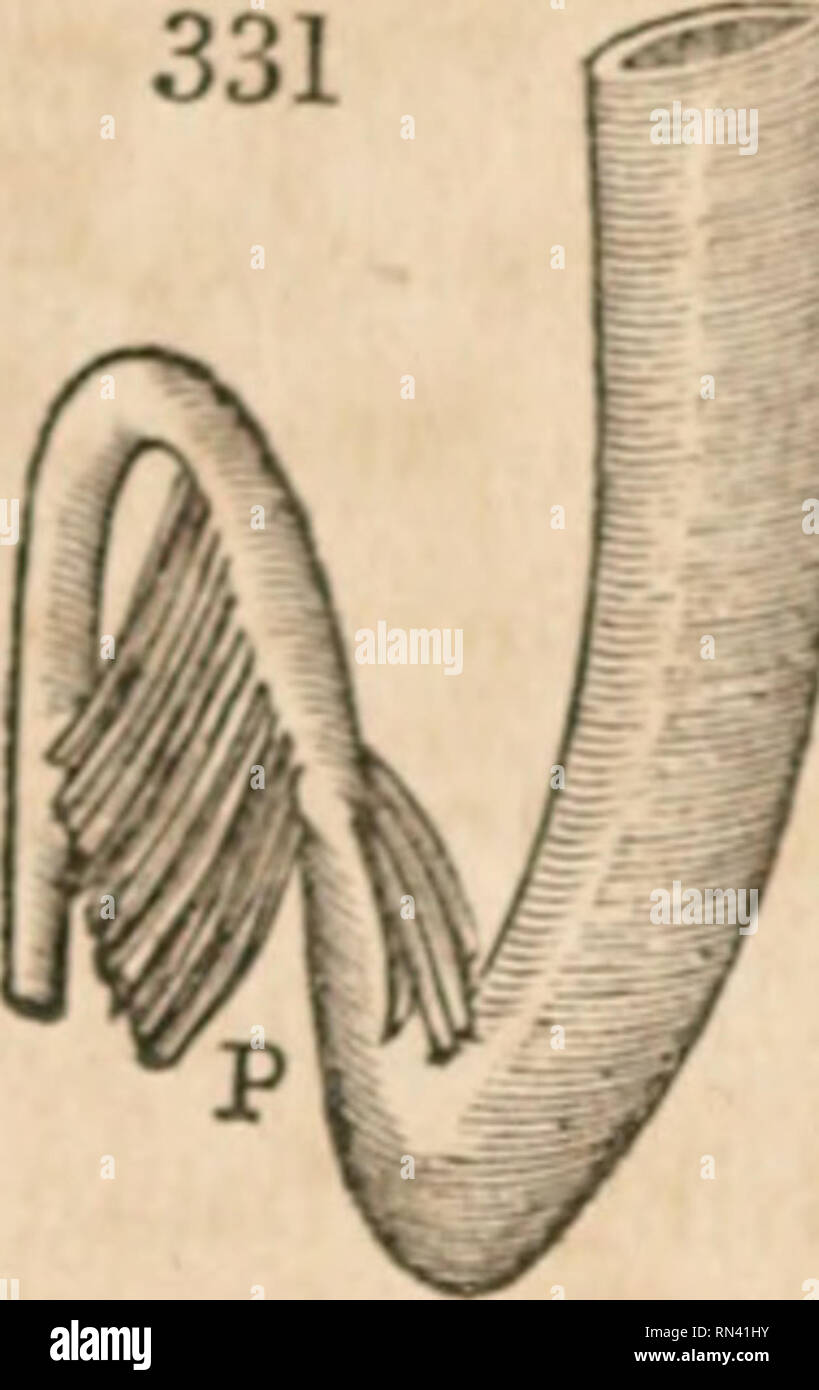. Animal and vegetable physiology, considered with reference to natural theology. Biology; Physiology; Plant physiology; Natural theology. 160 THE VITAL FUNCTIONS. / organ, namclvj the Panaceas, which secretes a fluid contri- buting to tlie assimihitfon of the food. This organ becomes more and more developed as we ascend in the scale of ani- mals, assuming a glandular character, and secreting a watery fluid, which resembles the saliva, both in its sensible and chemical properties. It has been conjectured that many of the vessels, which are attached to the upper portion of the alimentary canal

Image details
Contributor:
Library Book Collection / Alamy Stock PhotoImage ID:
RN41HYFile size:
7.2 MB (169.4 KB Compressed download)Releases:
Model - no | Property - noDo I need a release?Dimensions:
1255 x 1992 px | 21.3 x 33.7 cm | 8.4 x 13.3 inches | 150dpiMore information:
This image is a public domain image, which means either that copyright has expired in the image or the copyright holder has waived their copyright. Alamy charges you a fee for access to the high resolution copy of the image.
This image could have imperfections as it’s either historical or reportage.
. Animal and vegetable physiology, considered with reference to natural theology. Biology; Physiology; Plant physiology; Natural theology. 160 THE VITAL FUNCTIONS. / organ, namclvj the Panaceas, which secretes a fluid contri- buting to tlie assimihitfon of the food. This organ becomes more and more developed as we ascend in the scale of ani- mals, assuming a glandular character, and secreting a watery fluid, which resembles the saliva, both in its sensible and chemical properties. It has been conjectured that many of the vessels, which are attached to the upper portion of the alimentary canal of insects, and have been termed hepatic, may, in fact, prepare a fluid having more of the qualities of the pancreatic than of the biliary secretion. The alimentary canal of fishes is in general characterized by being short; and the continuity of the stomach with the intestines is often such as to. oflcr no well marked line of distinction between them. The ca3ca are generally large and numerous; and a number of tubular organs, connected more especially with the pyloric appendices, arc frequently met with, resembling a cluster of worms, and having some analogy, in situation at least, to the hepatic or pancreatic vessels of insects. Their appearance in the Sabyion is re- presented at p, in Fig. 331. The pancreas itself is only met with, in this class of ani- mals, in the order of cartilaginous fishes, and ire especially in the Ray and the Shark tribes. A distinct gall-bladder, or reservoir, is also met with in some kinds of fish, but is by no means general in that class. In the class both of Fishes and of Reptiles, which are cold-blooded animals, the processes of digestion are conducted more slowly than in the more energetic sys- tems of Birds and of Mammalia; and the comparative length of the canal is, on the whole, greater in the former than in the latter: but the chief diflcrenccs in this respect depend on the kind of food which is consumed, the canal being always shortest in